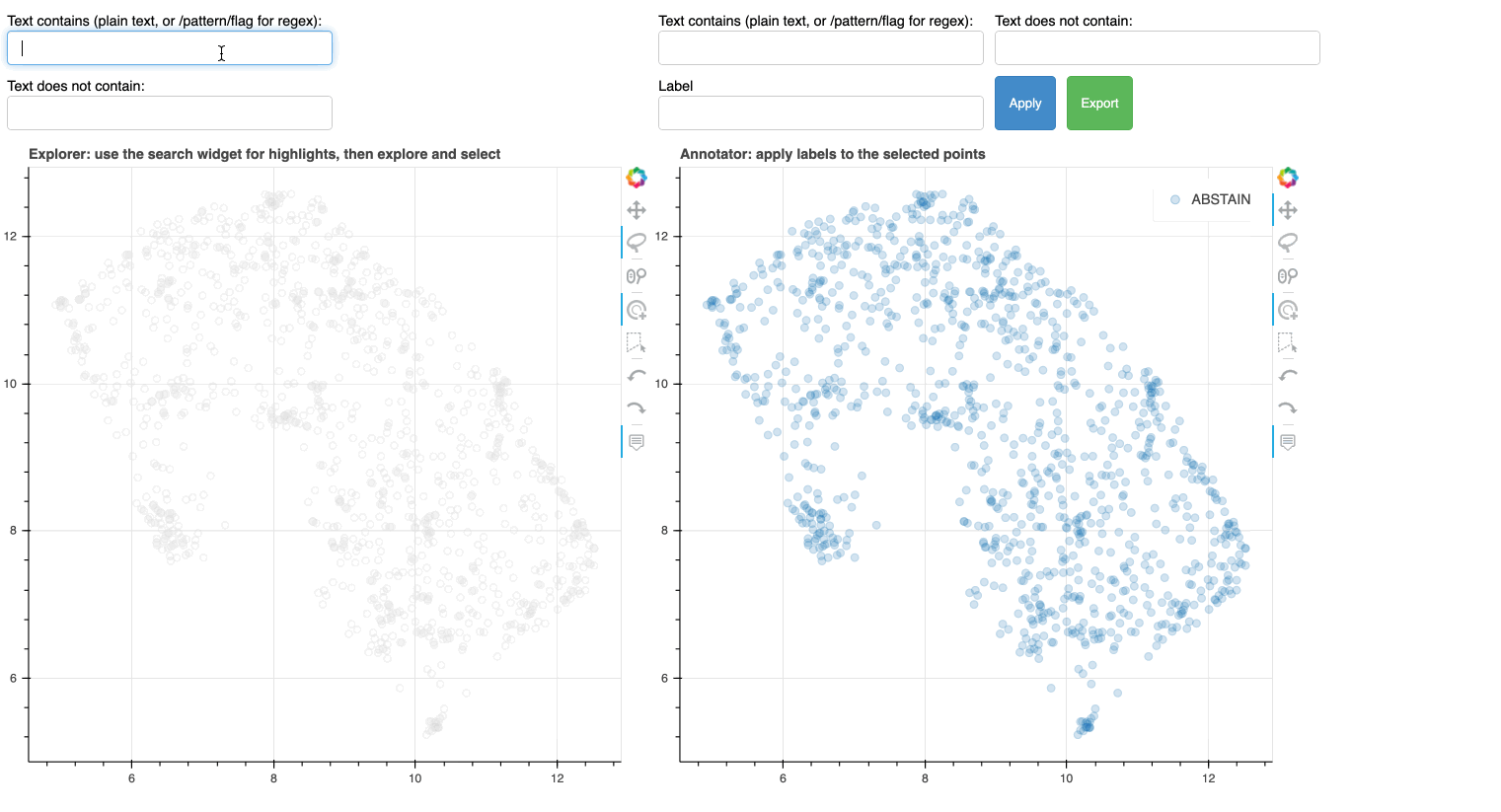Federal University of Rio Grande do Norte
Technology Center
Department of Computer Engineering and Automation
Machine Learning Based Systems Design
References
-
📚 Noah Gift, Alfredo Deza. Practical MLOps: Operationalizing Machine Learning Models [Link] -
📚 Chip Huyen. Designing Machine Learning Systems: An Iterative Process for Production-Ready Applications. [Link] -
📚 Hannes Hapke, Catherine Nelson. Building Machine Learning Pipelines. [Link] -
📚 Mariano Anaya. Clean Code in Python [Link] -
📚 Aurélien Géron. Hands on Machine Learning with Scikit-Learn, Keras and TensorFlow. [Link] -
🤜 Dataquest Academic Program [Link] -
😃 CS329S - ML Systems Design [Link] -
🎯 Machine Learning Operations [Link]
Lessons
- Git and Version Control
- You'll learn how to: a) organize your code using version control, b) resolve conflicts in version control, c) employ Git and Github to collaborate with others.
-
👊 U1T1: guided project + getting a git repository.
Week 02: CLI fundamentals
- Elements of the Command Line
- You'll learn how to: a) employ the command line for Data Science, b) modify the behavior of commands with options, c) employ glob patterns and wildcards, d) define Important command line concepts, e) navigate he filesystem, f) manage users and permissions.
- Text Processing in the Command Line
- You'll learn how to: a) read and explore documentation, b) perform basic text processing, c) redirect and pipe output, d) inspect files, e) define different kinds of output, f) employ streams and file descriptors.
-
🔠 U1T2: working with command line.
Week 03 - Clean Code Principles for Data Science and Machine Learning
- Outline
- Coding Best Practices
- Writing Clean Code
- Refactoring Code
- Efficient Code
- Documentation
- Python Code Quality Authority (PCQA) - pycodestyle
- PCQA - pylint
- PCQA - autopep8
- PCQA - nbQA
-
▶️ Hands on-
💾 Datasets [Link] - Writting Clean Code
- Exercise 01
- Exercise 02
- Exercise 03
- Using pycodestyle
- Using pylint - script
refactored script
- Functions: Advanced - Best practices for writing functions
-
- Outline
- Catching Errors
- Testing and Data Science
- A brief introduction about pytest
- Logging
- Case study: testing and logging
- Model Drift
- Hands on
- Production ready code
- Data Visualization Fundamentals
- You will learn how to: a) how to use data visualization to explore data and b) how and when to use the most common plots.
- Storytelling Data Visualization and Information Design
- You will learn how to: a) Create graphs using information design principles, b) create narrative data visualizations using Matplotlib, c) create visual patterns using Gestalt principles, d) control attention using pre-attentive attributes and e) employ Matplotlib's built-in styles.
- Production ready code








